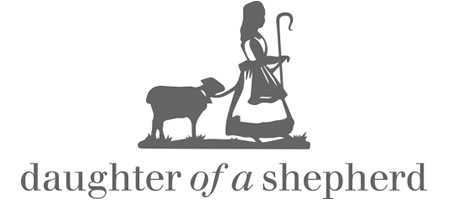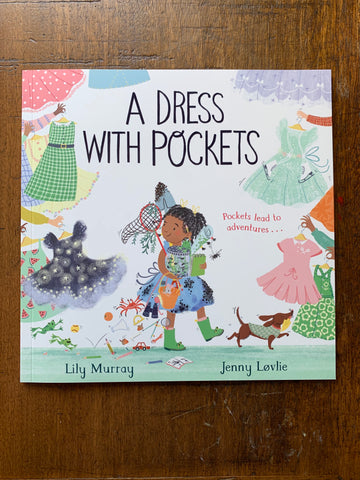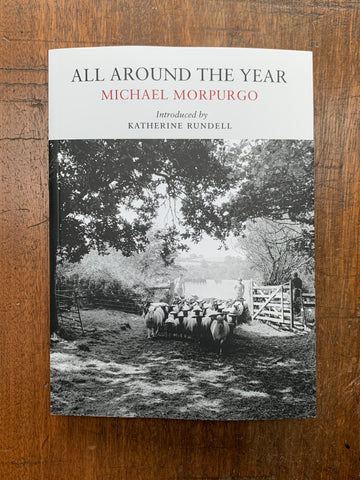A Room of One's Own by Virginia Woolf
A Room of One's Own is not only one of the key texts of feminism, it also makes easy reading. As the academic, and former Persephone employee, Clara Jones, points out in her preface, the fact that it is a book to be put in the hands of girls has proved one of its greatest strengths: ‘It is fitting that an essay so preoccupied with what women pass down and what women inherit should have been one of the founding texts of feminine literary criticism, inspiring generations of women readers, writers and critics.’
Famously, the central premise of the essay is that ‘a woman must have money and a room of her own if she is to write fiction.’ Not only is this central to A Room, it is also central to the history of twentieth-century women’s writing. For, it is true, something that comes up time after time when women’s fiction is being discussed is that it is so middle-class. But there was a reason for this: a woman needed to buy time to write, and this was something that – unfortunately – only the better-off could do.
In the end, A Room of One's Own is a political book. Clara Jones concludes: ‘The poetry and pragmatism of Woolf’s central claim about the room and the money have taken on renewed urgency today. The ubiquity of debt for a generation of young people who pay large university tuition fees, are charged prohibitive rents and paid low wages, combined with the fact that all but the luckiest (or best connected) with literary ambitions will begin their apprenticeship by working for free, make Woolf’s trinity of space, privacy and financial security as worth striving for as ever.’
Paperback
192 pages
Endpaper: 'Stripe', a 1930 textile design by Vanessa Bell © Warner Textile Archive








